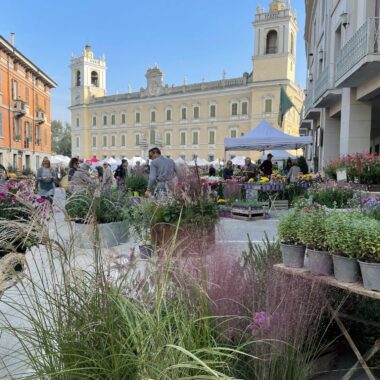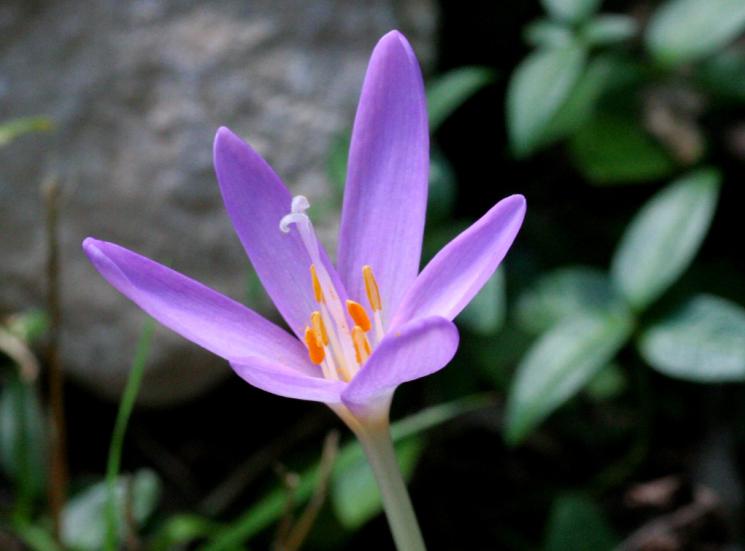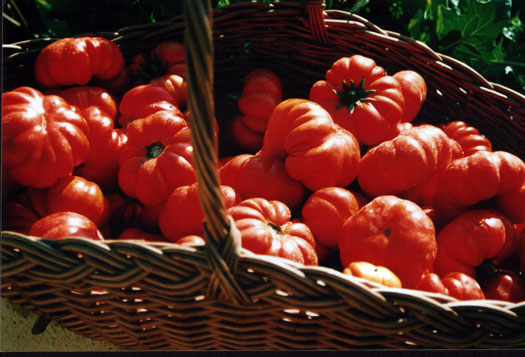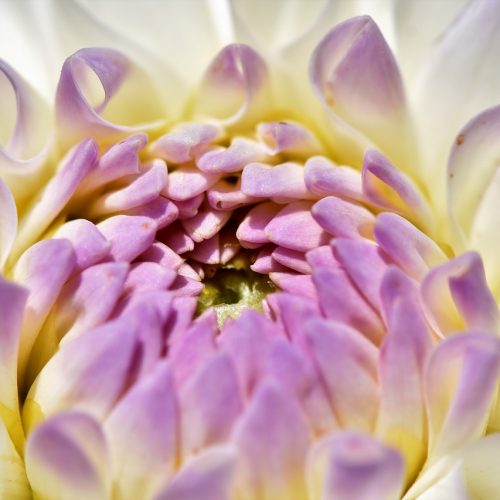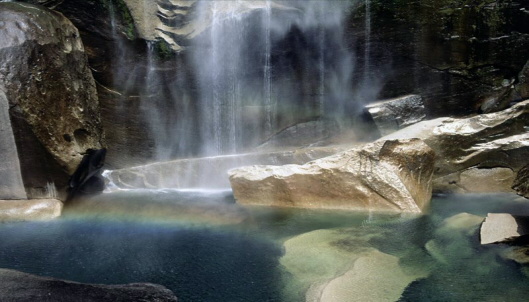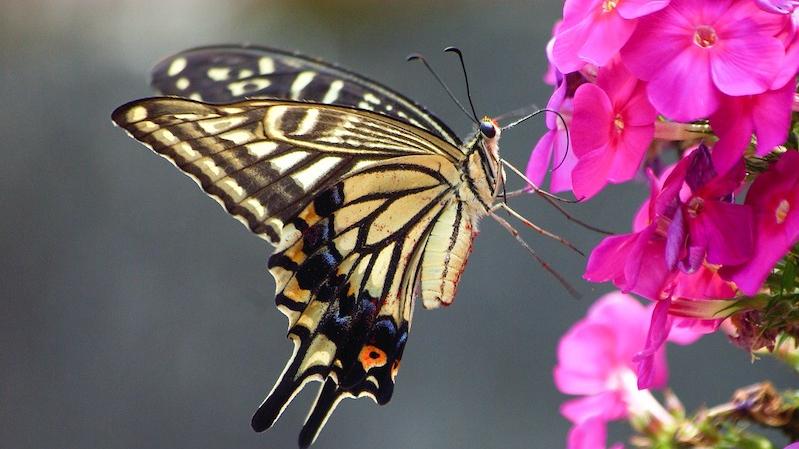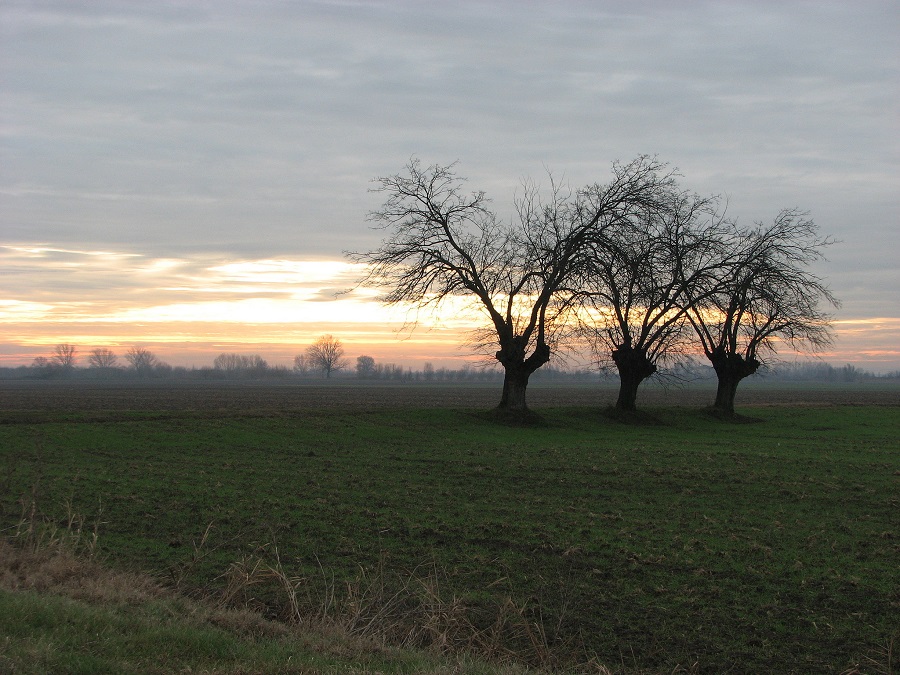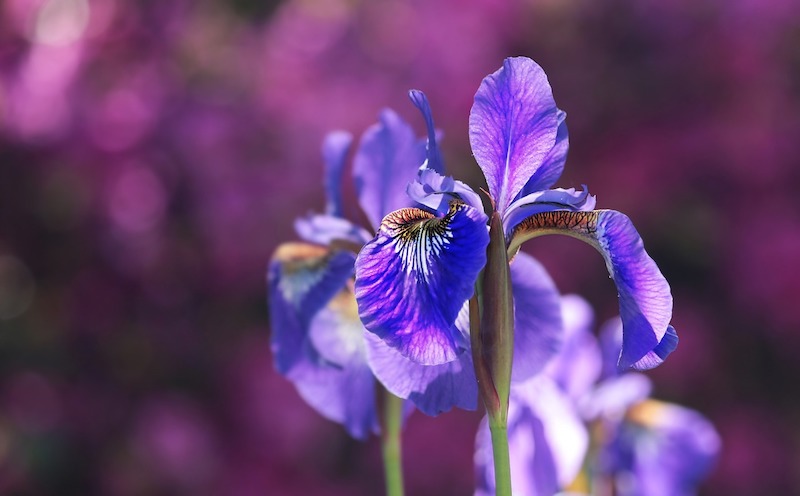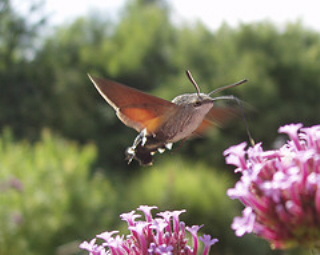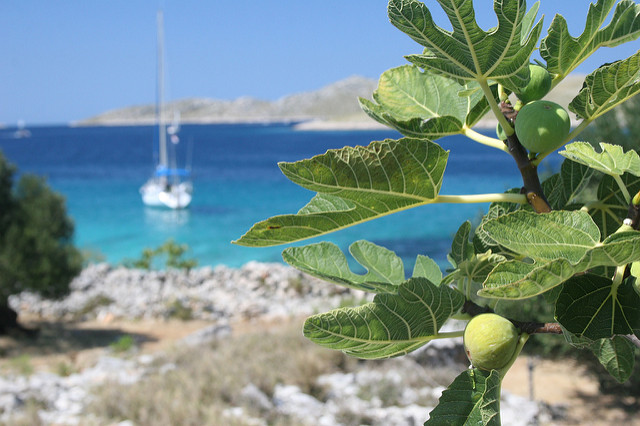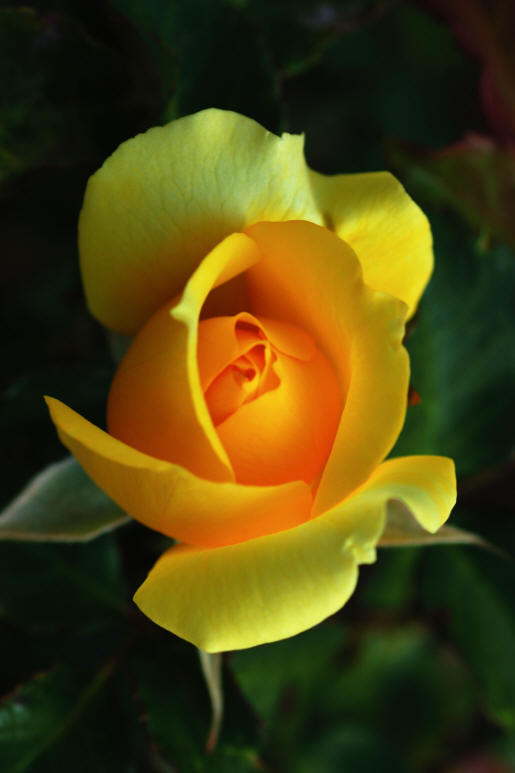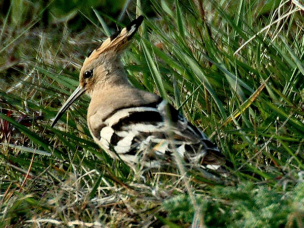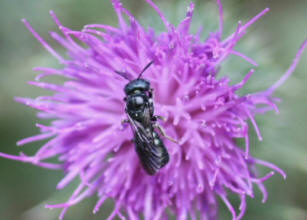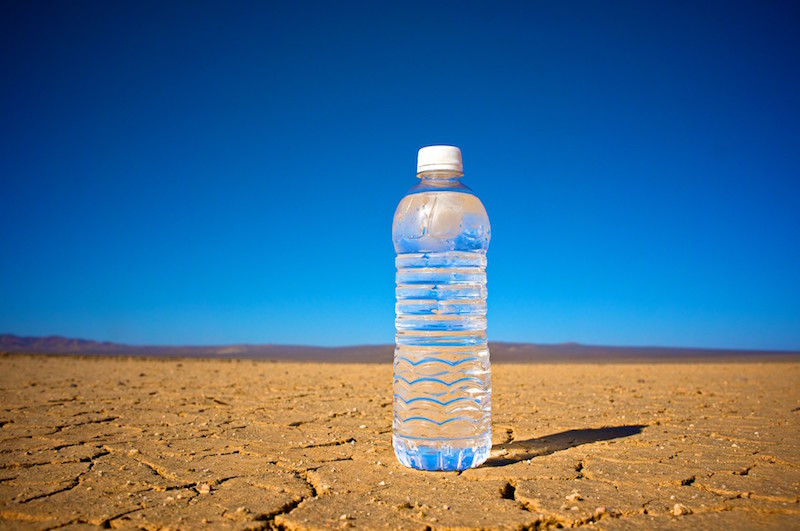
There are many ways of saving water in the garden and many companies are now offering advanced silicon treatments and other technologically advanced treatments, but one of the simplest and most effective, organic methods by far is known to most of us but still rarely used today in our gardens…
How many of us have seen this – but how many of us actually know what it’s for?
Deciduous trees shed their leaves annually and cover the area at the base of the plant and, as with everything in nature, there is a good and logical reason why.
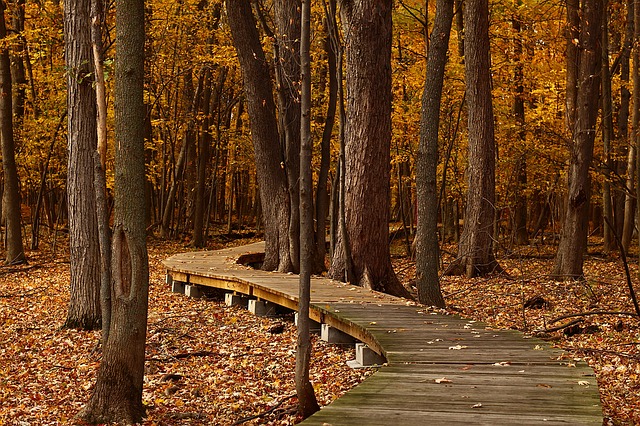
Leaves, manure and most organic matter is essential in maintaining the health of the soil as it provides food for the earthworms, nematodes and all the other billions of organisms present in a healthy soil. If we consider that in just one teaspoon of healthy soil there can be 1 billion organisms it’s easy to understand that these organisms need to eat at some stage. For some of us the thought of our gardens being full of slimy earthworms and creepy-crawlies can disturb and some may even find the notion somewhat disgusting.
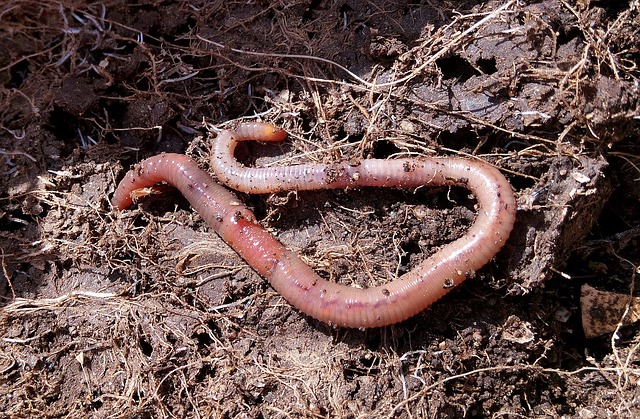
However, Aristotle’s quote regarding earthworms really says it all…
“Earthworms are the intestines of the Earth”
In fact earthworms pass their lives dragging rotting leaves and organic debris down into the earth where they then begin digesting it and mixing it with the soil to make… humus – that magic garden word…

Ph. Edafologia2.0 on wikimedia
Humus is the scientific name given to a dark brown, gel-like substance found in healthy soils that aids water-retention and also retains nutrients within the soil and is therefore essential for healthy plant-growth!
By simply adding what is known as a ‘Mulch‘ (a layer of organic material) on the surface of the soil we will address many problems- from the improvement of soil-structure, the reduction of water evaporation, reduced weed-growth – to providing a neat and attractive covering all year round. Covering the soil surface with an organic matter will even drastically reduce CO2 emissions from bare soil!
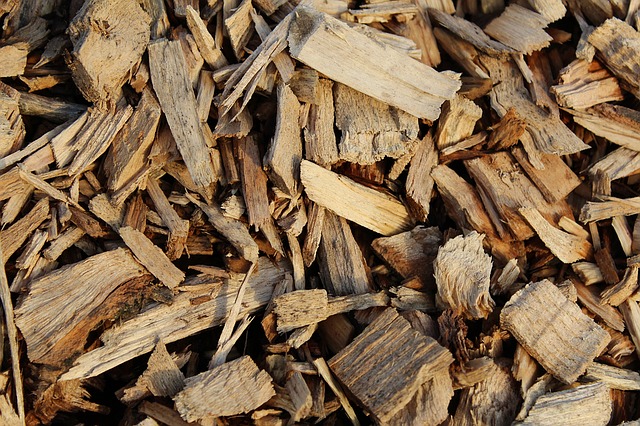
Many materials can be used for organic mulching, from rotted leaves, chipped bark, lawn/garden waste and even straw, which is fantastic when used in the vegetable garden, as slugs and snails hate crossing the stuff and it deters the emergence of several soil pests from their larval stage (i.e. flea beetles, etc)…
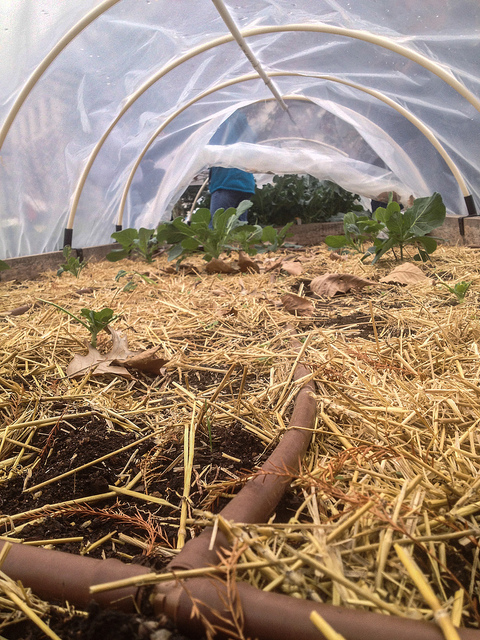
So, given that we have now established the vital role these creatures have in maintaining the soil healthy and the importance of mulching – how do we go about it and when? Well, the ideal time to mulch is in the autumn, which is when soil organisms are most active but it can be applied in the spring, or indeed at any time – at a depth of around 4 to 5 inches (a good thick layer!) but avoiding applying too much against the stem of any plant as this will kill it! This simple application will reduce your water consumption dramatically – which is of fundamental importance in Italy where there is very little water left for garden use … !
By far the best mulch for Mediterranean plants is gravel – as most Med plants need their roots to be kept moist- but not saturated. This is my back garden in Italy and, as you can see, I spend far more time looking at it and enjoying it than I do actually working in it – thanks to the wonders of mulch…
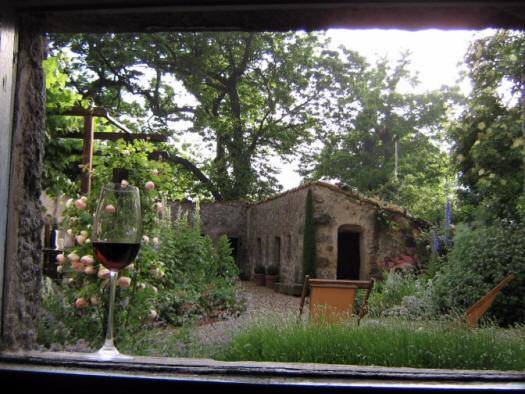
by Jonathan Radford, garden designer






